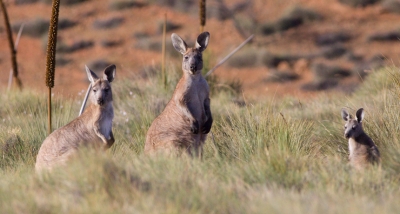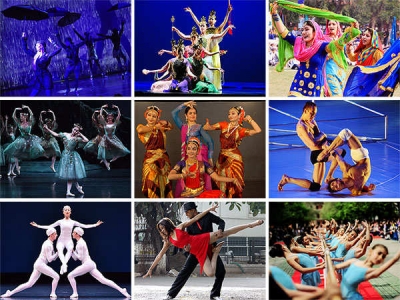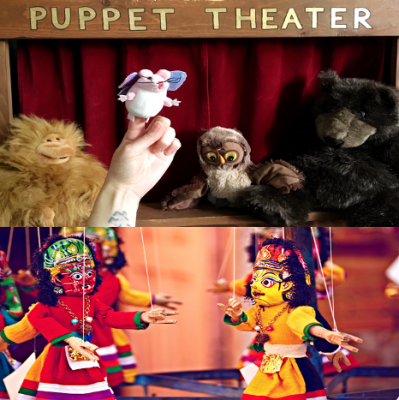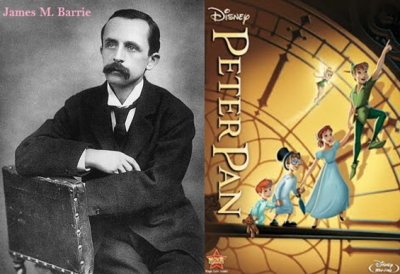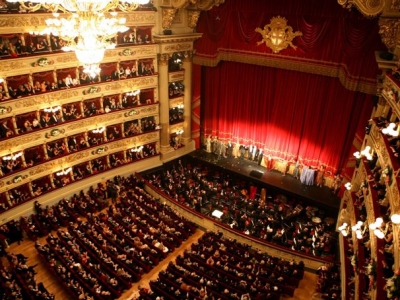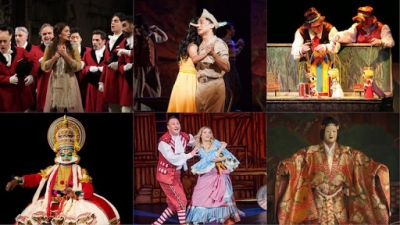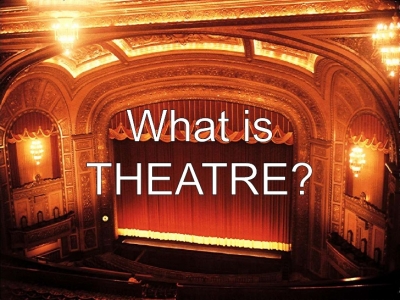
Stage an African Folk-Tale
Here’s a play made from a folk tale of the Hausa people in Africa. Sadiki is a young Hausa man who was kidnapped by enemies and forced to do chores in their village. He manages to escape with his only possessions – a goat, a leopard, and a yam.
Ask friends to join you and pick characters. Take turns reading the lines of the play.
Cast of Characters: Sadiki, Yam, Goat, Leopard
Setting: A river flows centre stage. A jungle grows on either bank. To the left, a canoe rests near a large rock.
Time: Before breakfast
(The yam rolls to the edge of the river. The leopard leaps on stage followed by Sadiki. The goat ambles in.)
Sadiki: (resting on the rock and looking nervous) The sun is up. Soon the villagers will be looking for me.
Goat: But Boss, now you are free and ready to start anew.
Yam: With a yam, a goat, and a leopard. What more could you ask, Boss?
Goat: We need a better head start on the villagers who are after us. Let’s board this canoe and put the river between us and them.
Goat: (studying the canoe) This small canoe can carry only two of us.
Yam: (fearfully) Boss must paddle, so only one of us can go with him.
Sadiki: I shall simply cross the river several times. Will you be first to cross, Yam?
Goat: Oh no, Boss! Then I will be left alone with the leopard, and she will surely eat me.
Sadiki: So the leopard should go first.
Yam: Oh, no, Boss. Then I will be left alone with the goat, and he will surely eat me.
Sadiki: So the goat goes first.
(Sadiki and the goat cross the river.)
Yam: (eyeing the leopard) How hungry are you?
Leopard: (disdainfully) Silly Yam! Vegetables are for goats.
(Sadiki returns.)
Sadiki: Your turn, Yam.
Yam: (hysterically) Oh, no, Boss! When you return for the leopard, I will be alone with the goat on the other side of the river, and he will eat me.
Sadiki: (as they cross the river) Don’t worry, Yam. I have a plan.
Goat: (licking his chops) Good choice, Boss.
Sadiki: You sly goat, get in the canoe.
(Sadiki and the goat return to the left bank. Sadiki leads the goat out of the canoe.)
Leopard: Yum, here comes my lunch.
Sadiki: Your turn to get in the boat, Leopard.
(The leopard joins the yam on the other side of the river as Sadiki returns a fourth time for the goat.)
Leopard: So Boss worked out how to keep you safe and me hungry.
Yam: (smugly) Planning keeps people the masters and us their servants.
Picture Credit : Google
